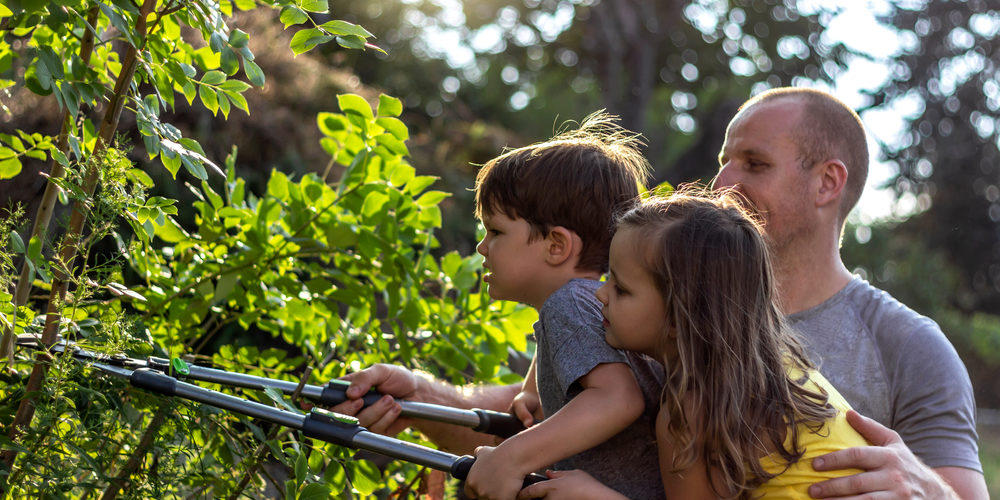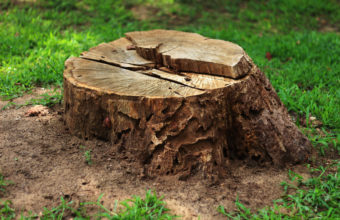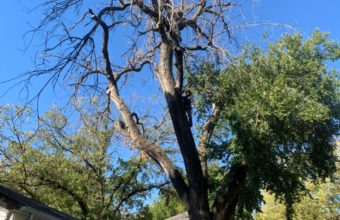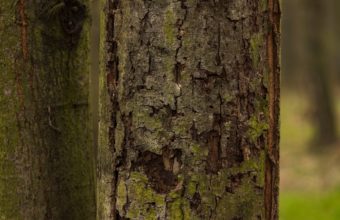The “1/3 rule” for pruning is a guideline that suggests not removing more than one-third of a tree’s canopy (foliage) during a single pruning event. This rule is designed to help maintain the overall health and vigor of the tree while minimizing stress.
Here’s how the 1/3 rule for pruning works…
- Limit Removal – When pruning a tree, avoid removing more than one-third of the total canopy in a single pruning session. This includes branches, leaves, and stems.
- Gradual Approach – If a tree requires significant pruning, it’s often better to spread the pruning over multiple years rather than performing an intensive pruning all at once. This gradual approach reduces the stress on the tree and allows it to recover more effectively.
- Consider Tree Health – The 1/3 rule is a general guideline, and the specific needs of a tree should be considered. Some trees can tolerate more aggressive pruning, while others may be more sensitive.
- Avoid Topping – Topping, which involves removing large portions of the upper branches or crown, is not in line with the 1/3 rule and is generally discouraged. Topping can cause significant stress, lead to weak regrowth, and negatively impact the tree’s structure.
Following the 1/3 rule helps ensure that a tree retains enough foliage to support its energy production through photosynthesis. Removing too much foliage at once can weaken the tree, reduce its ability to produce energy, and make it more susceptible to diseases, pests, and environmental stress.
The 1/3 rule is a guideline, and there may be exceptions based on the specific circumstances of a tree, its species, and the objectives of pruning. If you have concerns about pruning or need to perform significant tree work, consulting with a certified arborist or tree care professional can provide tailored advice based on the specific needs of the tree.






